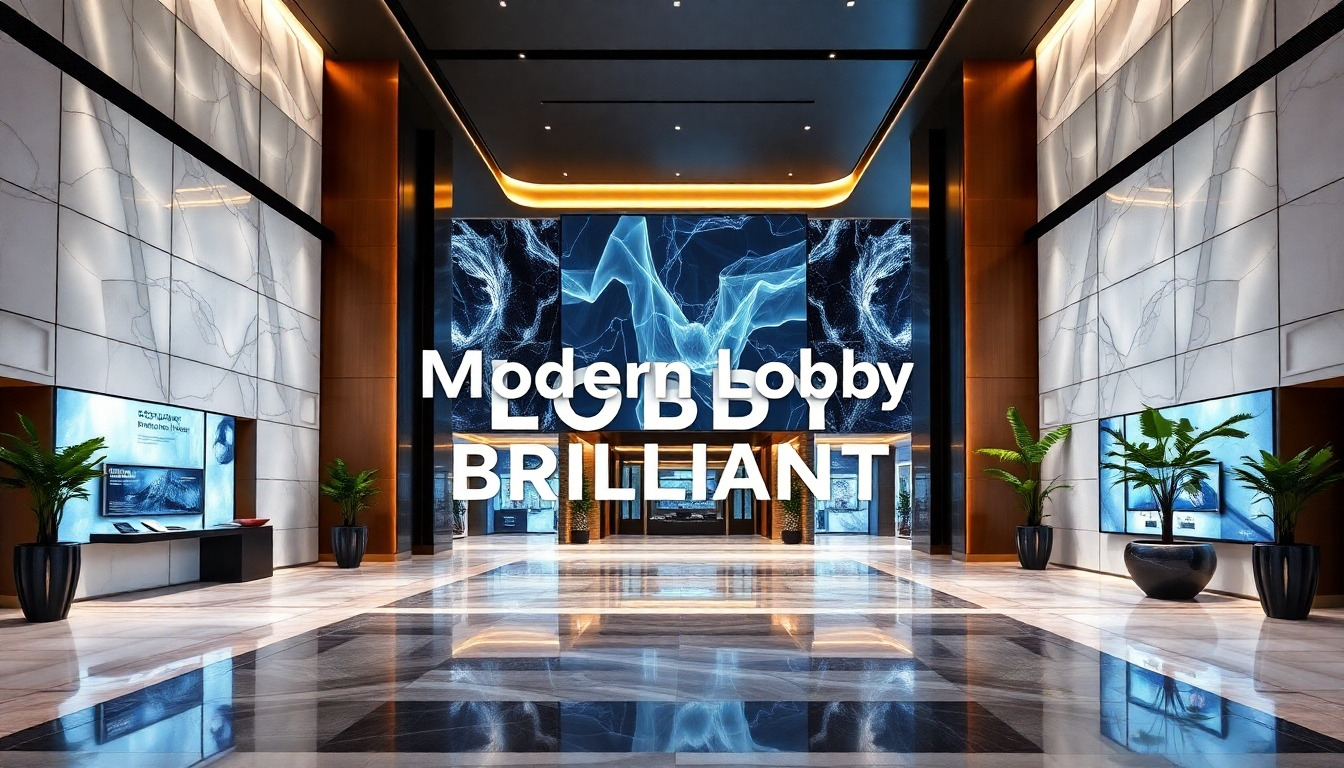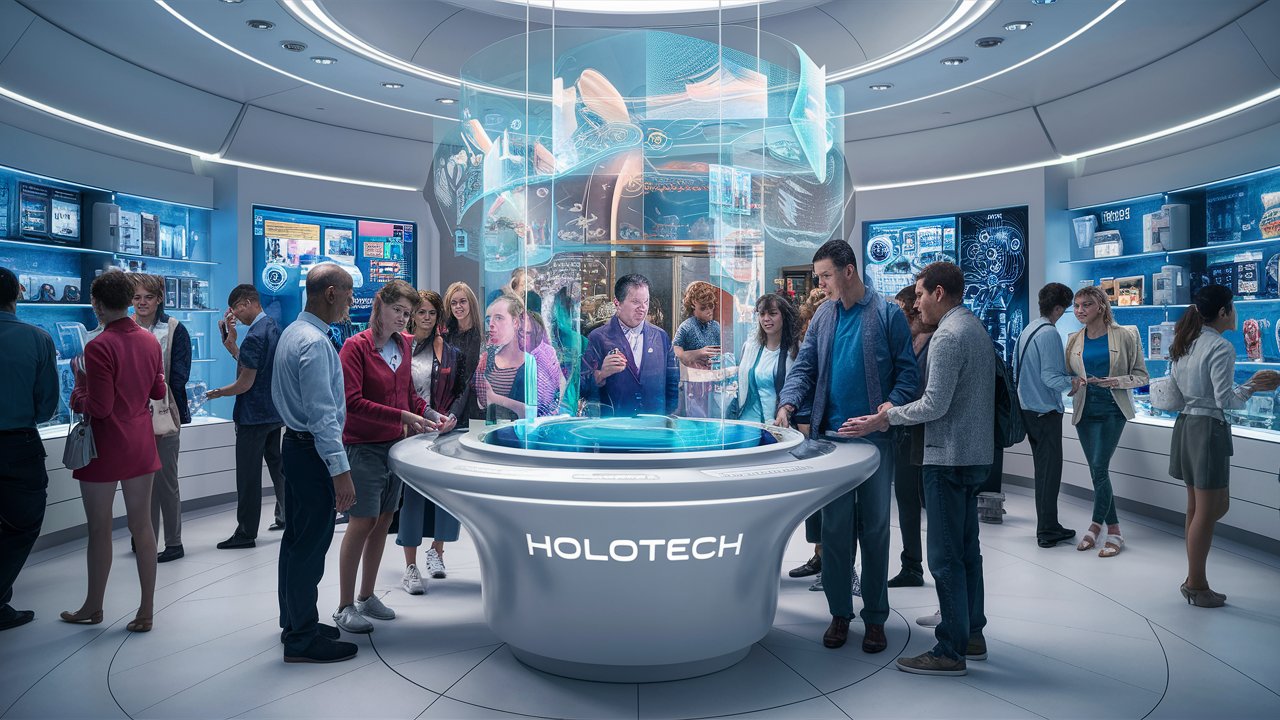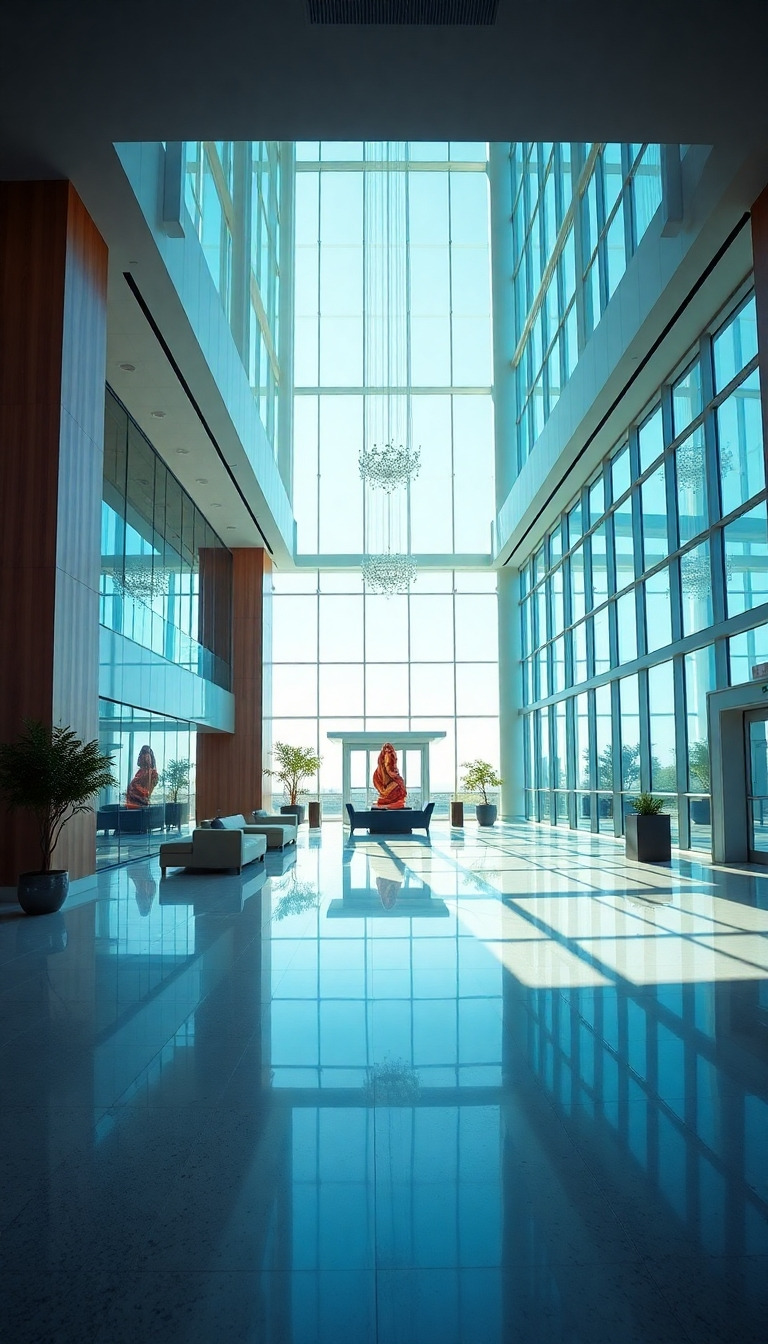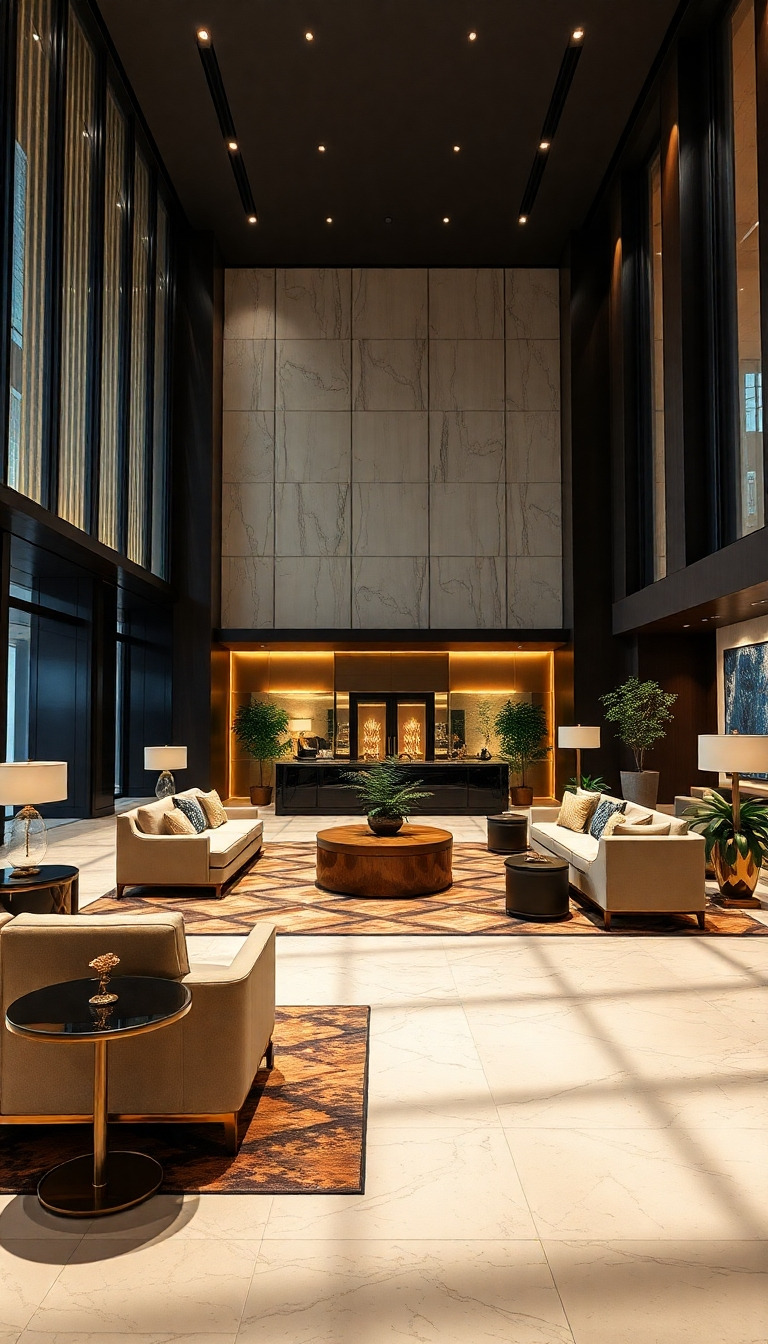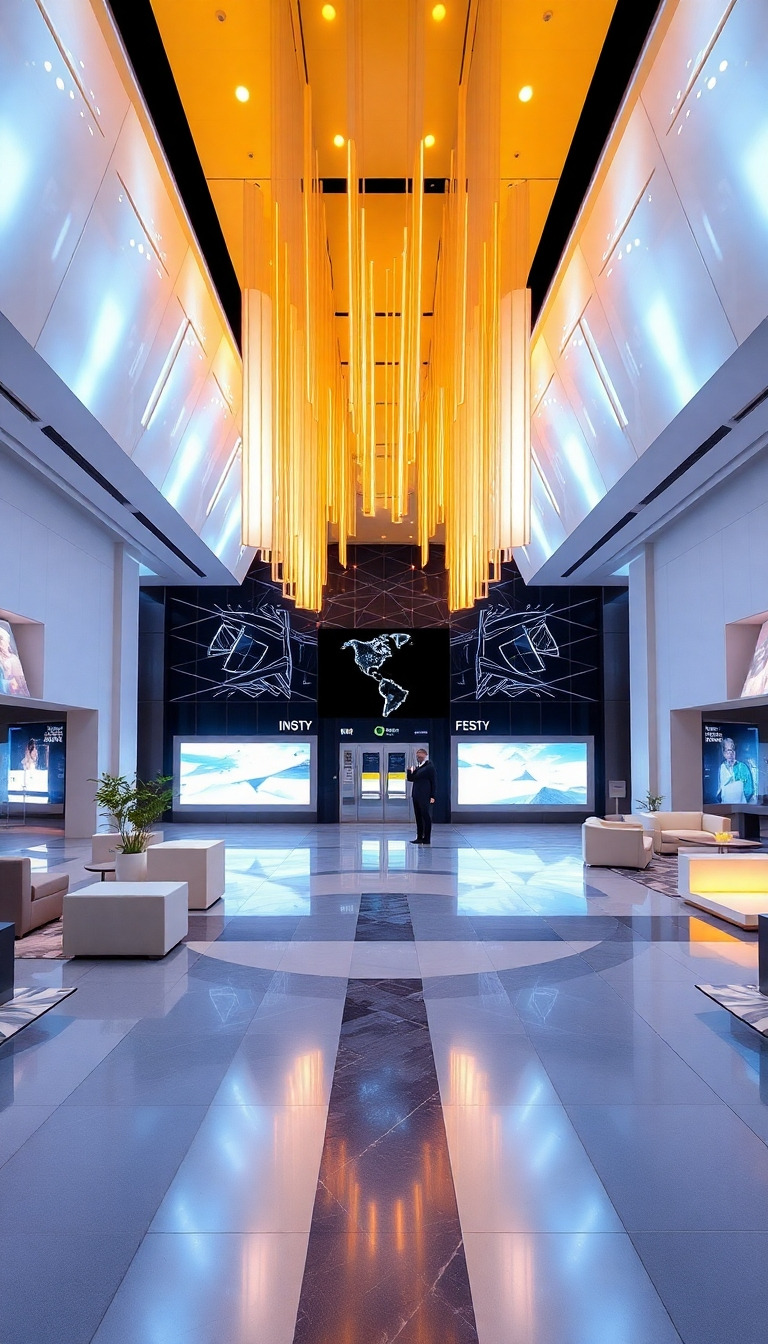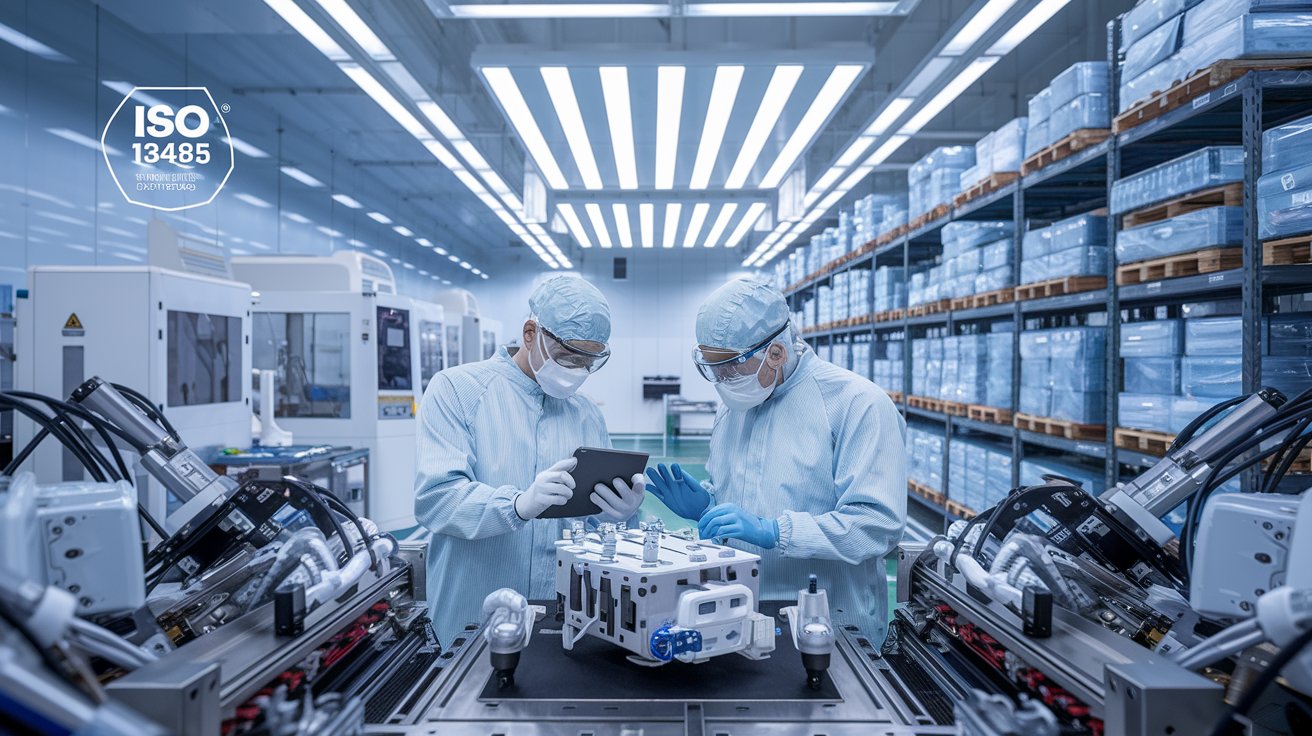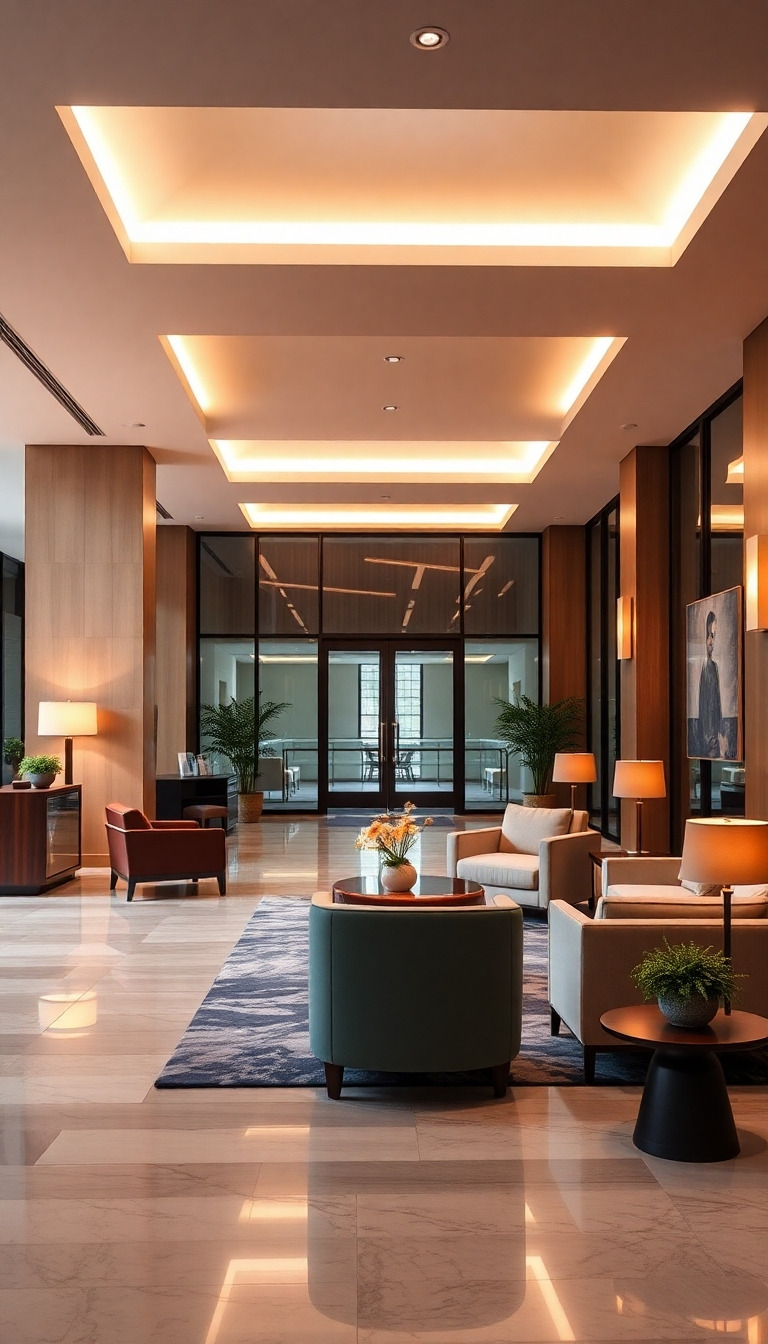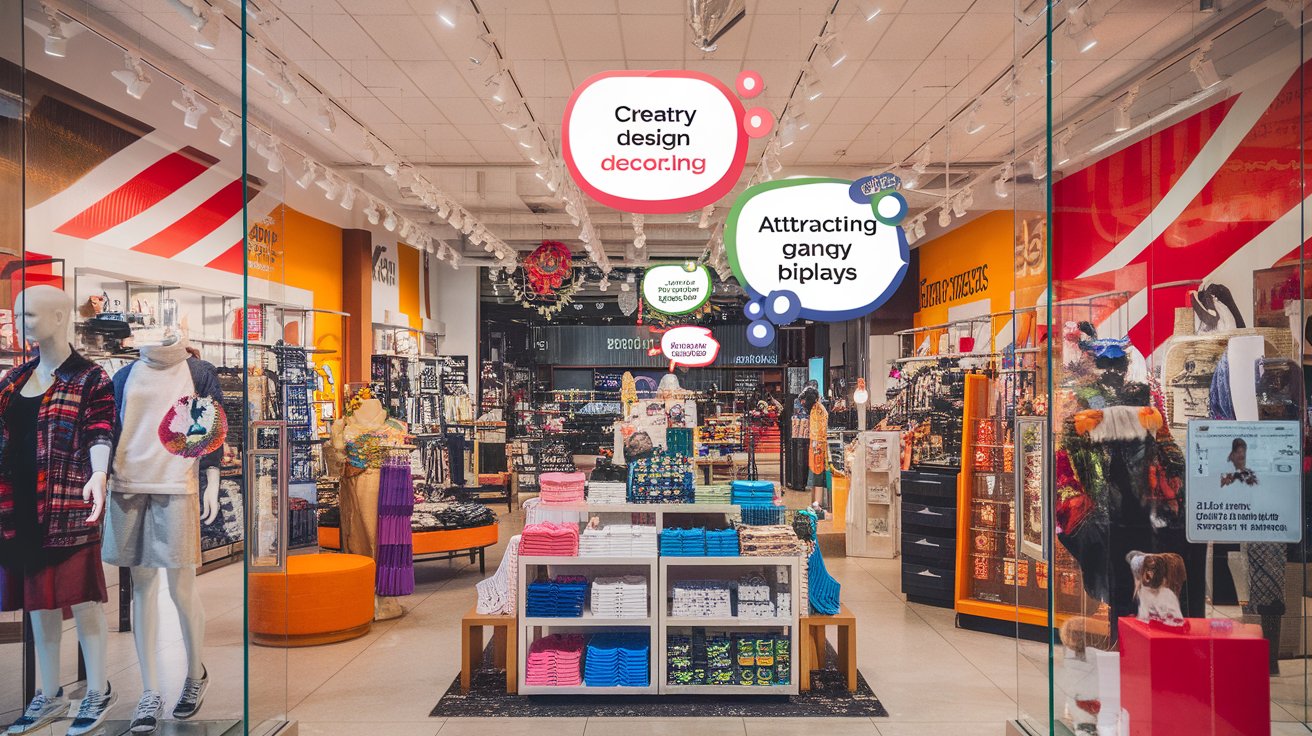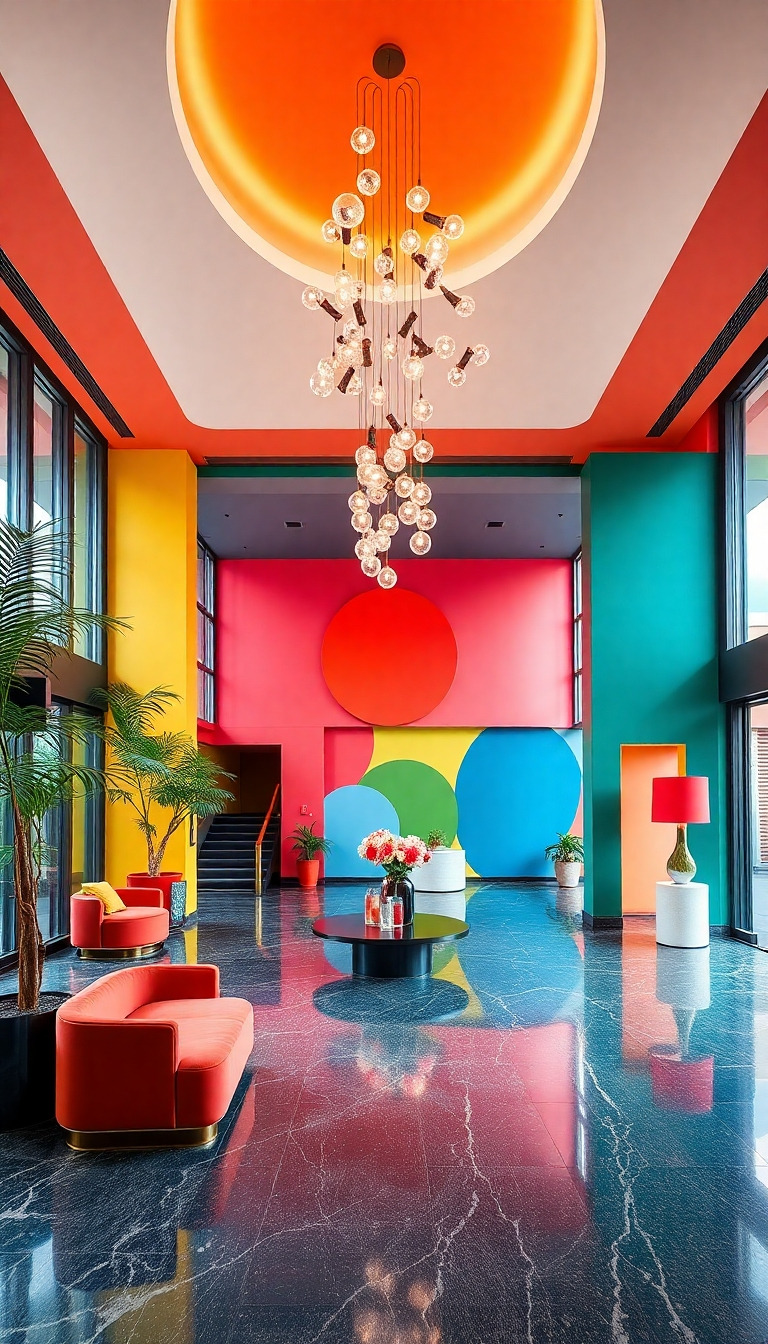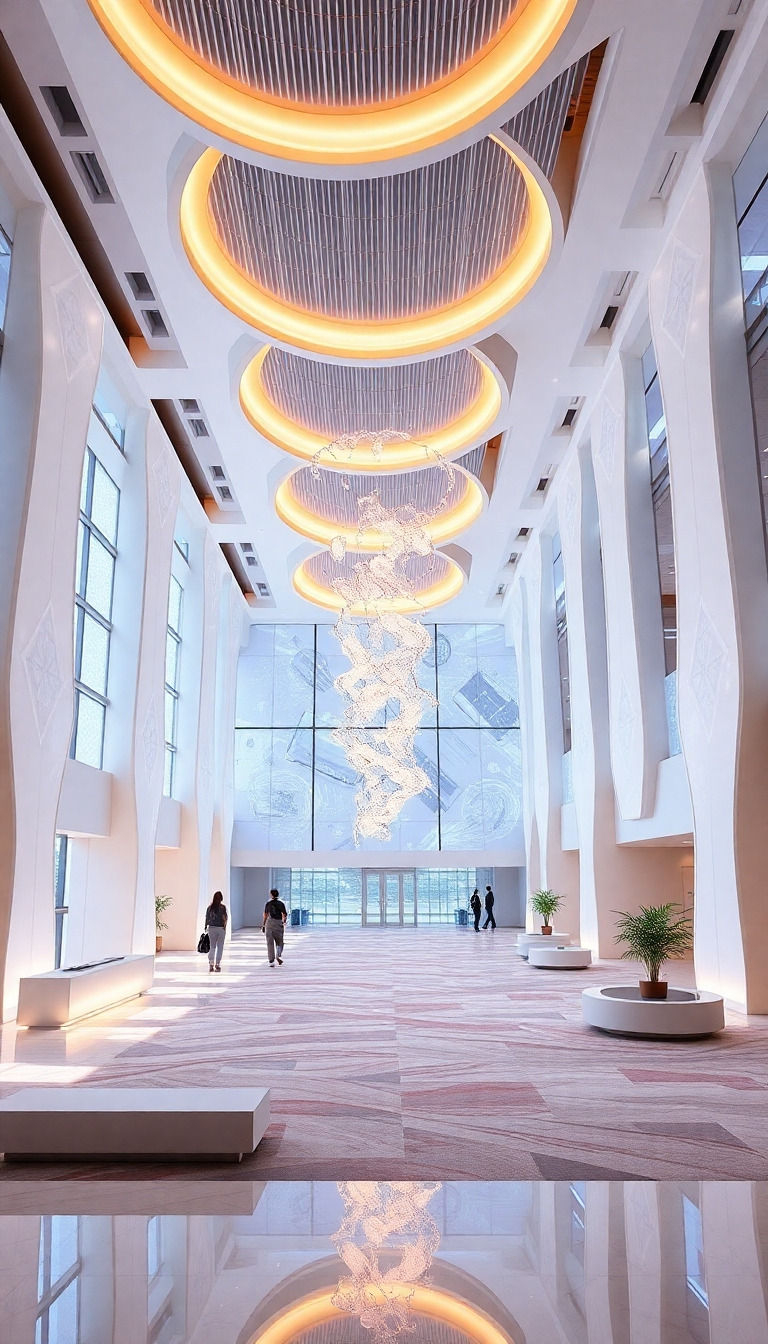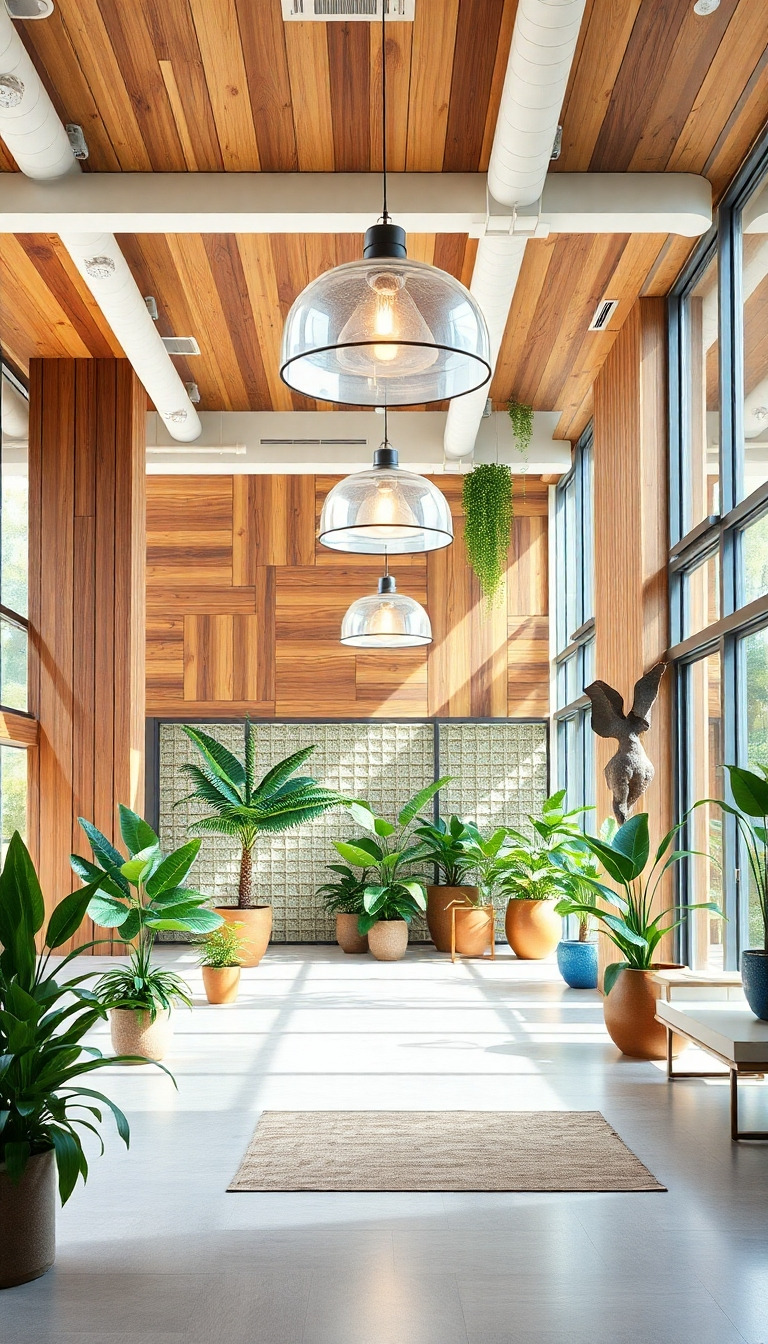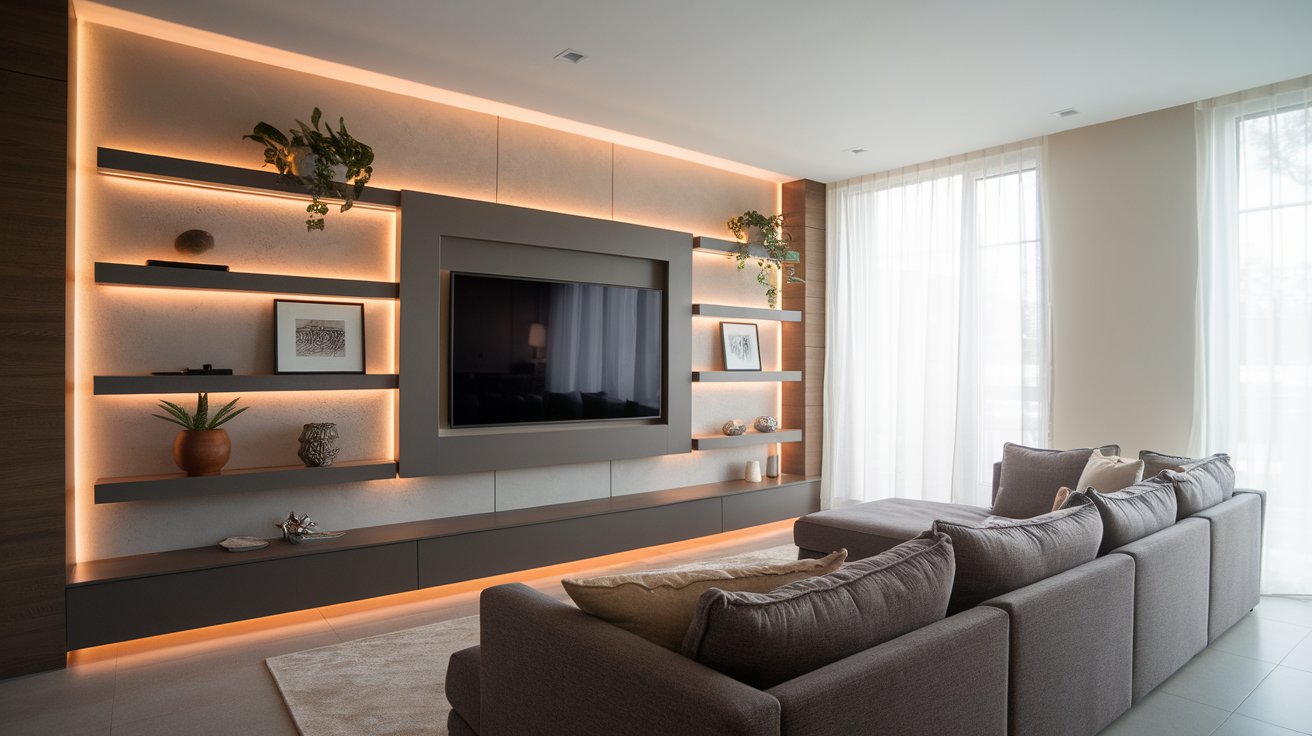Introduction
The design of a lobby plays a crucial role in shaping the first impression of any building, serving not just as an entry point, but as a representation of the entire establishment. Whether it’s in hotels, corporate offices, or residential buildings, a well-thought-out lobby design can create a welcoming atmosphere that resonates with visitors. The lobby is often where people gather, relax, and interact, making its design integral to the overall architecture and function of the space.
We will explore the latest lobby design ideas that combine aesthetics with functionality. From the choice of materials to the arrangement of furniture, every aspect of lobby design contributes to the ambiance of a space. We’ll delve into innovative approaches that incorporate modern trends while also considering the timeless elements of design that ensure a lasting appeal. By understanding the principles of effective lobby design, architects and interior designers can create spaces that make a memorable impact on visitors.
Understanding the Role of the Lobby: Significance in Modern Architecture
The lobby serves as a fundamental element in various types of buildings, acting as a physical and psychological gateway that establishes the tone for visitors’ experiences. In hotels, the lobby is the first encounter for guests and often serves as a multifunctional space for check-in, relaxation, and social interaction. This initial impression can influence guests’ overall perception of their stay, making a cohesive and well-designed lobby essential. In corporate offices, the lobby functions as a representation of the company’s brand and culture, welcoming clients, employees, and business partners into an environment that reflects professionalism and innovation. Similarly, in residential complexes, the lobby offers residents and guests a warm introduction to the living environment, often integrating features that foster community engagement and comfort.
The evolving role of the lobby in modern architecture has shifted significantly. As buildings become more than mere structures, lobbies need to cater to a variety of functions. Beyond acting as a transitional space, they now incorporate elements of hospitality, workspaces, and leisure areas. In corporate settings, many lobbies are designed to accommodate casual meetings or provide impromptu workspaces, equipped with charging stations and comfortable seating to facilitate productivity. This multifunctional design not only maximizes the use of space but also enhances the visitor experience by promoting flexibility and creativity.
Modern lobbies are increasingly being designed with sustainability and technology in mind. Natural materials, green walls, and energy-efficient lighting contribute to an eco-friendly atmosphere, while integration of digital signage and smart technology enhances communication and navigation within the space. These elements help to create an inviting environment that resonates with both contemporary aesthetic preferences and ecological awareness.
The significance of a lobby cannot be overstated; it transcends mere functionality to embody a community’s spirit and a company’s values. Thoughtful design can transform a standard foyer into an inviting and dynamic space that embodies the essence of what lies beyond its doors. Understanding these facets is vital for anyone looking to create a modern entrance that leaves a lasting impression, effectively setting the stage for all that follows. Ultimately, the lobby is not just an entryway; it is a carefully curated entrance into a world defined by the unique qualities of its occupants.
Key Elements of Modern Lobby Design: Defining Components for a Lasting Impression
Creating a modern lobby involves a synergy of various key elements designed to foster an inviting atmosphere while maximizing functionality. These components encompass furniture selection, layout, decor, and lighting, each playing a critical role in establishing a first impression that resonates with visitors.
Furniture Selection
The choice of furniture is paramount in setting the tone of a lobby. Modern designs favor minimalist aesthetics that offer both style and comfort. Consider incorporating modular seating arrangements that encourage collaboration and conversation, featuring a mix of sofas, armchairs, and ottomans. Materials such as leather, wool, and textured fabrics can create warmth while maintaining a sleek appearance. Complementary tables, whether sleek coffee tables or functional workstations, enhance usability and lend a contemporary flair. By selecting furniture that prioritizes ergonomics, the space will cater to both short and long visits, further enhancing its appeal.
Layout
The layout of a lobby should be intuitive, ensuring ease of movement while facilitating interaction. An open-plan design is ideal, minimizing physical barriers to guide visitors smoothly from entrance to reception areas. Incorporate zones within the lobby for different functions, such as casual seating areas for waiting guests and collaborative spaces equipped with charging stations for tech-savvy individuals. A well-thought-out layout not only improves flow but also encourages engagement, creating a dynamic environment where visitors feel welcomed and comfortable.
Decor
Modern lobby decor should reflect the building’s identity and purpose. Select art pieces and installations that resonate with the local culture or embody the brand’s values. Wall treatments may include contemporary murals, vibrant colors, or sleek panels that introduce textures and depth. Plants also enhance the aesthetic and provide a sense of tranquility, reinforcing an image of sustainability and well-being. The overall decor should harmonize with the architecture, bridging the external and internal environments.
Lighting
Effective lighting is a cornerstone of modern lobby design, influencing mood and visibility. A layered approach, incorporating ambient, task, and accent lighting, can transform the space throughout the day. Use natural light to the fullest by incorporating large windows or skylights that invite the outside in. When overhead lighting is necessary, opt for fixtures that are not only stylish but energy-efficient, such as LED options. This will enhance the ambiance while also conveying a commitment to sustainability, a valued aspect of modern design.
Incorporating Technology in Lobby Design
Enhancing Functionality and Experience
In the modern age, technology plays a pivotal role in enhancing lobby design, contributing to both its functionality and the visitor experience. By integrating advanced technologies, lobby areas can evolve from mere reception spaces into dynamic, interactive environments that engage visitors right from their first step inside. Digital signage has emerged as a vital tool in creating impactful first impressions, allowing for the quick dissemination of information and showcasing branding. Informative displays can greet guests with announcements, maps, and real-time updates, aligning with their needs while enhancing aesthetic appeal.
Beyond aesthetics, interactive kiosks have rapidly gained traction as essential components of modern lobby design. These user-friendly interfaces enable visitors to access information autonomously, such as building directory services, event schedules, or FAQs, streamlining the overall experience. This self-service approach not only reduces congestion at the reception desk but also empowers guests to navigate spaces effectively, thereby fostering a sense of independence.
Smart control systems are another fascinating development in contemporary lobby design. These systems allow property managers to control various elements, from lighting and temperature to security and audio systems, all from a centralized platform. Automated settings can adjust the ambiance based on the time of day or occupancy levels, creating a comfortable and energy-efficient environment. Guests may not always notice these behind-the-scenes systems, but their impact on comfort and usability is substantial, embodying the seamless integration of technology with architectural elements.
Integration of technology goes beyond just functional enhancements; it also provides opportunities for personalization. For instance, using mobile applications, visitors can interact with lobby features—such as seating preferences or preferred art displays—before their arrival. This approach enables venues to curate tailored experiences, makes guests feel valued, and reinforces their connection with the space.
As we continue to navigate the demands of modern design, leveraging technology in lobby areas becomes indispensable. By embracing innovative solutions such as digital signage, interactive kiosks, and smart controls, we ensure that first impressions are not only memorable but also practical and tailored to the needs of a diverse clientele. Ultimately, this integration represents a clear shift towards creating more engaging and multifaceted entrance spaces.
Creating a Welcoming Ambiance: Design Strategies for a Modern Lobby
Enhancing Atmosphere through Aesthetics, Scent, and Sound
A lobby acts as the first point of contact for visitors, setting the tone for their entire experience. Creating a welcoming atmosphere is crucial, and this can be achieved through thoughtful design strategies that integrate aesthetics, scent, and sound manipulation. By cultivating a welcoming ambiance, a lobby can effectively leave a lasting impression on guests.
Aesthetics play a significant role in establishing a welcoming atmosphere. This involves the careful selection of color schemes, textures, and materials that evoke warmth and comfort. Warm color palettes—such as soft yellows, warm reds, or earth tones—can instill a sense of coziness and invite people to feel at ease. Textures also matter: incorporating natural materials like wood, stone, or soft textiles provides tactile comfort. Additionally, artwork or decorative elements that reflect local culture or history can create a deeper connection with visitors and impart a sense of belonging.
The sensory experience of scent significantly contributes to the ambiance of a lobby. A carefully curated scent can invoke positive emotions and memories, making visitors feel more relaxed and welcomed. Scent diffusion systems can be employed to disperse subtle fragrances throughout the space. Aromas such as lavender or vanilla are known for their calming effects, while citrus scents can invigorate and energize. The key is to choose scents that align with the brand identity and the atmosphere intended for the lobby.
Sound manipulation is another essential aspect of lobby design. Background music can enhance the overall experience and influence the mood of the space. Soft instrumental music can help create a soothing environment, while more upbeat tunes can foster a lively atmosphere. It is crucial to ensure that the volume is carefully calibrated; excessive noise can quickly become a detriment to the welcoming ambiance. Additionally, soundproofing materials can be integrated to minimize disruptive noises from outside, creating a peaceful entry for guests.
Incorporating elements of aesthetics, scent, and sound manipulation instills a welcoming ambiance that resonates with visitors. Such thoughtful design strategies not only enhance the initial impression but also contribute to the overall experience of the modern lobby. As technology continues to evolve, blending these sensory elements with innovative solutions can further enrich the lobby’s environment, laying a strong foundation for hospitality and engagement.
Sustainability in Lobby Design: Creating an Eco-Friendly First Impression
As the demand for environmentally responsible spaces continues to rise, lobby design emerges as a crucial area where sustainability principles can be effectively implemented. A lobby, serving as the first point of contact for visitors, plays a pivotal role in shaping perceptions and experiences. By integrating eco-friendly materials, energy-efficient systems, and biophilic design principles, a lobby can make a strong, positive statement about a building’s commitment to sustainability.
Eco-Friendly Materials and Finishes
The selection of materials is fundamental in achieving sustainable lobby design. Utilizing reclaimed wood, recycled metal, and natural stone can reduce the environmental footprint while enhancing aesthetic appeal. Low-VOC paints and finishes not only contribute to healthier indoor air quality but also demonstrate a commitment to sustainable practices. Incorporating materials that are sourced locally can further minimize transportation emissions, fostering a deeper connection with the local environment.
Energy-Efficient Systems
Lobby design should also prioritize energy efficiency through advanced systems like LED lighting and motion sensors. These technologies significantly cut down on energy consumption, ensuring that lights are only in use when necessary. Additionally, incorporating automated climate control systems can maintain comfortable temperature levels without excessive energy usage. Installing large windows or glass doors can maximize natural light, reducing reliance on artificial lighting and creating an inviting ambiance that complements the lobby’s welcoming features.
Biophilic Design Principles
Biophilic design, which integrates natural elements into architectural spaces, can enhance the sustainability of a lobby. This design approach has been shown to improve mood and productivity, making a lobby feel more vibrant and welcoming. Features such as indoor plants, water elements, and natural light can facilitate a connection between occupants and nature, while also contributing positively to air quality. Vertical gardens or living walls not only purify the air but also serve as stunning focal points that draw visitors in.
Incorporating these strategic design elements transforms the lobby from a mere transitional space into a powerful representation of an organization’s values and commitment to sustainability. A modern lobby that embraces eco-friendly practices not only captures immediate attention but also sets the tone for responsible behavior throughout the rest of the building.
Case Studies of Innovative Lobby Designs: Creating an Engaging First Impression
Examining Unique Approaches to Lobby Design
Architectural design, the lobby serves as a critical juncture where functionality meets aesthetics. Various exemplary lobbies around the globe showcase innovative designs that emphasize not only beauty but also an inviting atmosphere and practicality. One prime example is the lobby of the Frost Tower in Dallas, Texas. Employing an extensive use of glass and natural light, this space blurs the lines between indoor and outdoor environments. The incorporation of comfortable seating areas, local art installations, and greenery adds to the lobby’s allure, making it an engaging space for both visitors and professionals alike.
Across the ocean, The Shard in London presents another remarkable instance. The lobby features a striking combination of marble finishes and sleek designs that exude modern elegance. Here, technology plays a pivotal role; interactive digital displays provide guests with information about artworks, nearby attractions, and events. This integration transforms the lobby into an information hub, enhancing the overall visitor experience while establishing a connection to the surrounding city.
In Asia, the Marina Bay Sands in Singapore features an awe-inspiring atrium lobby that seamlessly merges luxury and functionality. With a set of innovative water features, lush vertical gardens, and modern art, the design is intentionally captivating. The lobby functions as a social space, encouraging interaction, networking, and leisure. This approach emphasizes the importance of not merely having a lobby as an entrance but creating a vibrant environment that supports community engagement.
The One World Trade Center lobby in New York emphasizes the significance of history and remembrance, encapsulating the essence of resilience through its design. Features include a ‘survivor tree’ and educational displays that honor the site’s past. Such thoughtful elements serve to engage visitors, making the lobby a space of reflection and learning rather than just a passageway.
These case studies highlight diverse philosophies behind lobby design, showcasing how the marriage of style and function can create unforgettable first impressions. As we transition into contemporary trends, it becomes crucial to analyze how these innovative designs influence the ongoing evolution of lobby spaces. Understanding the convictions and philosophies behind these creations allows architects and designers to channel creativity while fostering more welcoming and functional entry spaces.
Future Trends in Lobby Design: Elevating First Impressions
Emerging Concepts for Functional and Welcoming Spaces
The evolution of lobby design is constantly adapting to meet the changing needs of modern occupants and visitors. As societal norms shift, particularly in urban environments, the lobby is transforming from a mere transitional space to a multifunctional area that serves various purposes. Future trends indicate a seamless blend of aesthetics and practicality, addressing not just visual appeal but also the functionality of the entrance space.
One significant emerging trend is the integration of technology within lobby design. Smart building technology enables interactive features such as touchscreen directories, digital art displays, and even AI-assisted concierge services. These innovations not only provide visitors with essential information and services but also enhance their overall experience right from the moment they enter. Sensors can adjust lighting and climate based on occupancy levels or even tailor music choices to match the time of day, creating a welcoming atmosphere that feels alive and responsive.
Sustainability continues to be a priority, influencing materials and design approaches in modern lobbies. Expect to see more eco-friendly materials, such as reclaimed wood and recycled metals, along with living walls that enhance air quality and add a touch of nature. Emphasizing sustainability extends to energy-efficient lighting solutions that reduce environmental impact while enhancing the aesthetic appeal of the lobby. Furthermore, designs are increasingly incorporating biophilic elements, establishing a connection with nature that contributes to a serene ambiance.
Flexibility represents another future trend in lobby design. As the dynamics of workspaces change, lobbies can be repurposed for various activities such as informal meetings, social gatherings, or collaborative workspaces. Modular furniture that can be easily rearranged allows for adaptability, creating a space that responds to the needs of its users. This adaptability is particularly relevant in buildings that experience a varying flow of foot traffic throughout the day.
The focus on personalization is gaining traction. Designing lobbies that reflect the unique identity of the building or organization can significantly enhance the visitor experience. Local artists might contribute artworks, or elements can represent the cultural essence of the surrounding community. Such personalized touches create a sense of belonging and pride for both visitors and occupants alike, ensuring that the lobby is not just a passageway but an integral part of the architectural narrative.
Conclusions
Lobby design is an essential facet of any building that requires careful consideration in order to create a favorable first impression. Thoughtful design choices, such as material selection, lighting, and layout, come together to create an inviting atmosphere that can enhance visitor experience. By embracing both modern trends and traditional design principles, a lobby can serve as a focal point that reflects the identity of the building while also providing a functional space for guests.
Enhancing the lobby goes beyond aesthetic appeal; it involves understanding the needs and behaviors of the users who will occupy it. As we move forward in the world of architecture and design, the evolution of lobby spaces will continue to be shaped by innovation and creativity, ensuring they remain engaging and functional areas that welcome all who enter.

